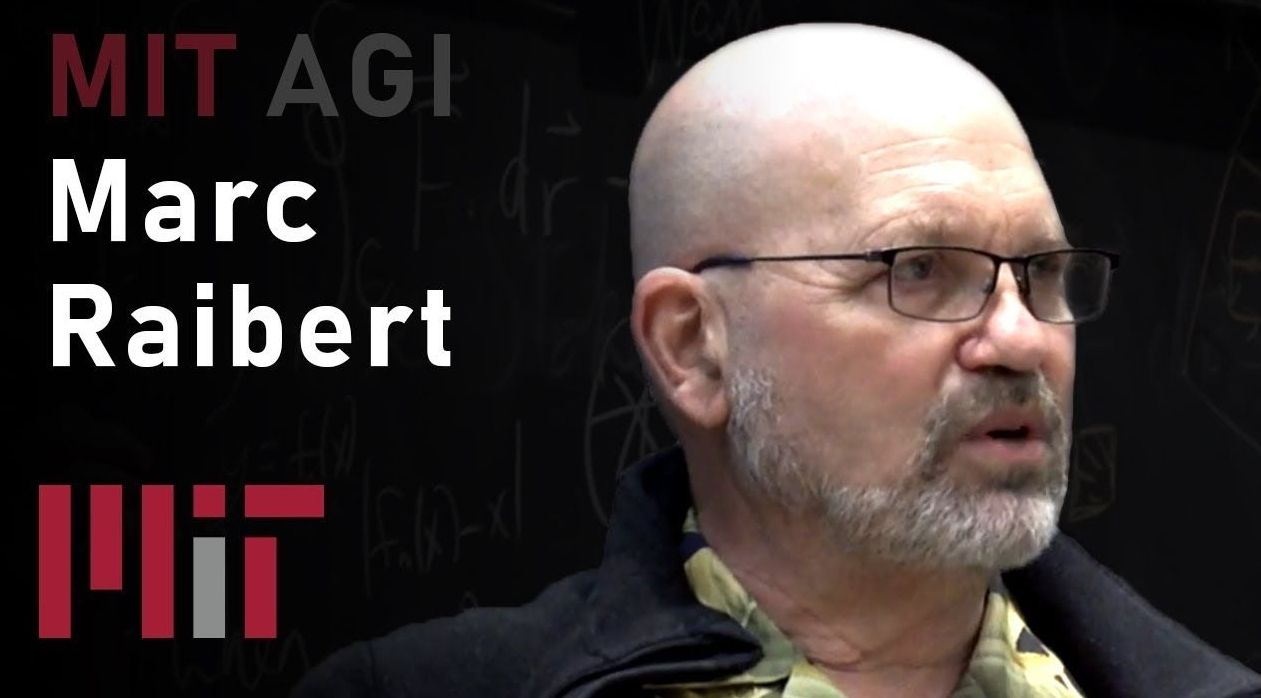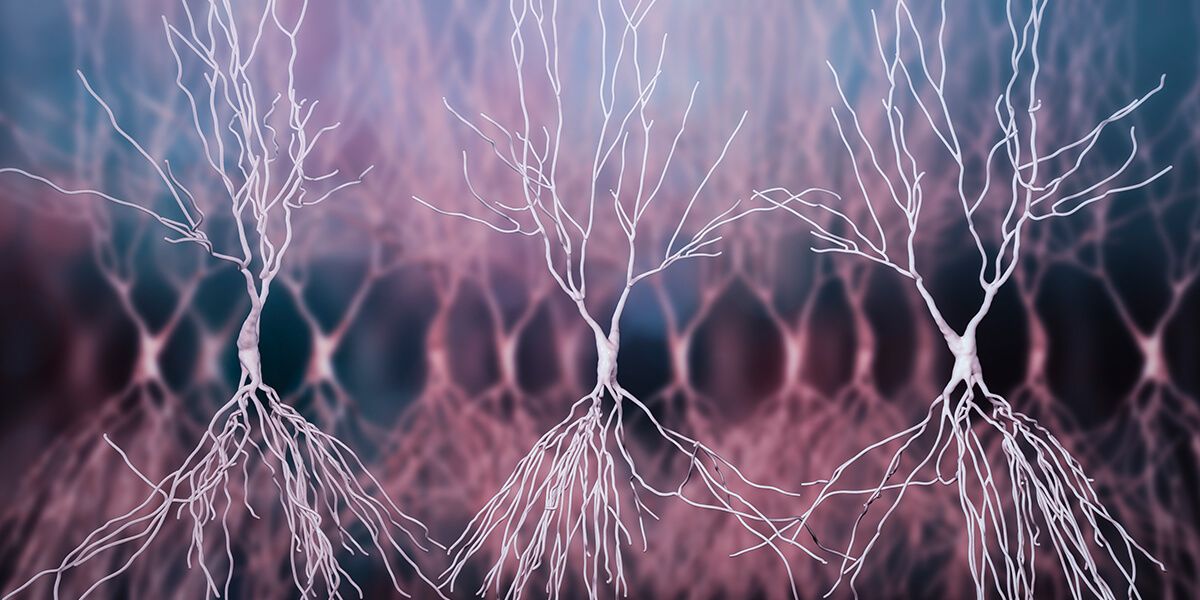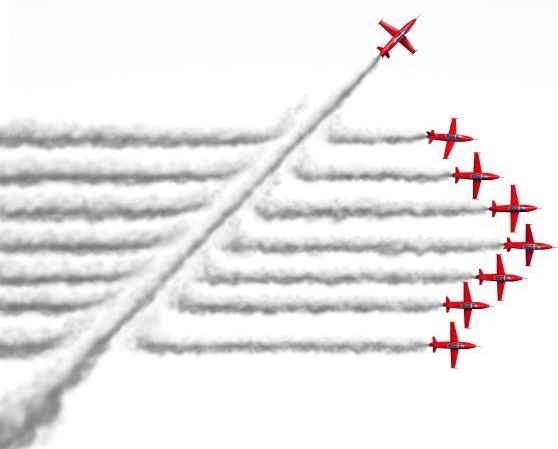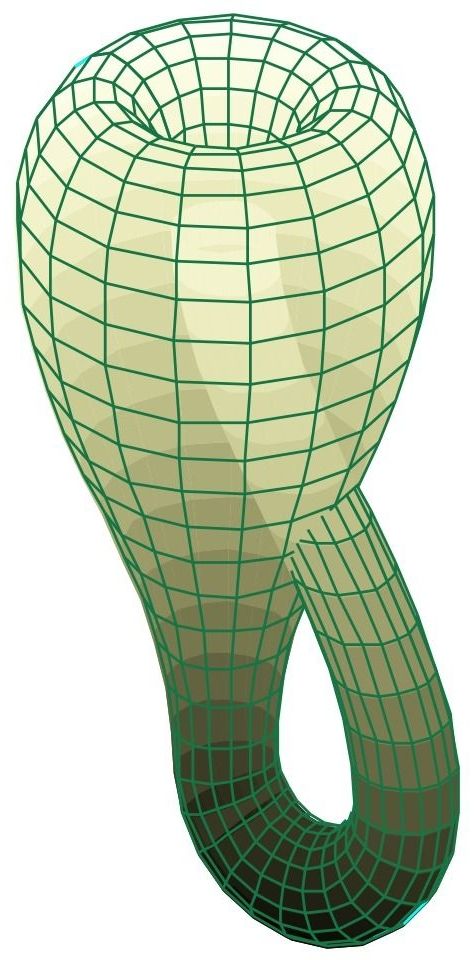Page 8836
Apr 29, 2018
Boston Dynamics (Marc Raibert, CEO)
Posted by Dan Kummer in categories: engineering, robotics/AI

This is a talk by Marc Raibert for course 6.S099: Artificial General Intelligence. He is the CEO of Boston Dynamics. This class is free and open to everyone. Our goal is to take an engineering approach to exploring possible paths toward building human-level intelligence for a better world.
Note: Due to technical difficulties, we don’t have a screencast of the slides, and the video of the slides is low resolution. Despite this, I chose to include several parts of the talk that show slides, especially with videos. It’s not optimal, but I hope you learn and enjoy anyway. Thanks for understanding. We’re always learning and improving.
Apr 29, 2018
Prosthetic Memory System Successful in Humans, Study Finds
Posted by Alexander Rodionov in categories: biotech/medical, cyborgs, engineering, neuroscience
Scientists at Wake Forest Baptist Medical Center and the University of Southern California (USC) have demonstrated the successful implementation of a prosthetic system that uses a person’s own memory patterns to facilitate the brain’s ability to encode and recall memory.
In the pilot study, published in today’s Journal of Neural Engineering, participants’ short-term memory performance showed a 35 to 37 percent improvement over baseline measurements. The research was funded by the U.S. Defense Advanced Research Projects Agency (DARPA).
AI is predicted to be one of the next big digital disruptions, but some places are already feeling its impact.
Final preparations being carried out in the week before the VLT UT1 First Light. Following successful optical alignment tests, the 8.2-m primary mirror was removed from the first Unit Telescope (UT1). This image shows preparations to move it into the Mirror Maintenance Building (MMB) to be coated with a thin, highly reflective aluminium layer. The cell with the 8.2-m mirror has been detached from the lower part of the telescope tube. (Photo obtained on May 17, 1998).
Apr 29, 2018
An Introductory Guide to Understand how ANNs Conceptualize New Ideas (using Embedding)
Posted by Genevieve Klien in category: neuroscience
Here’s something you don’t hear everyday – everything we perceive is just a best case probabilistic prediction by our brain, based on our past encounters and knowledge gained through other mediums. This might sound extremely counter intuitive because we have always imagined that our brain mostly gives us deterministic answers.
We’ll do a small experiment to showcase this logic. Take a look at the below image:

Apr 29, 2018
Full moon tonight & conjunction with Jupiter
Posted by Genevieve Klien in category: space
Nashville, Tenn. (WKRN) — If you saw the moon Saturday night, you know how bright it was!
Technically, it will be a full moon Sunday at 7:58 p.m. There is something else that is special about Sunday’s night sky.
There is a “conjunction” of the moon with Jupiter Sunday and Monday evenings just after sunset in the southeastern sky. Sunset is at 7:32 p.m.
Continue reading “Full moon tonight & conjunction with Jupiter” »
Apr 29, 2018
Felix Klein and the Klein-Bottle
Posted by Genevieve Klien in categories: government, mathematics
On April 25, 1849, German mathematician and mathematics educator Felix Klein was born. Klein is known for his work in group theory, complex analysis, non-Euclidean geometry, and on the connections between geometry and group theory. His 1872 Erlangen Program, classifying geometries by their underlying symmetry groups, was a hugely influential synthesis of much of the mathematics of the day. Klein also devised the Klein-bottle, a one-sided surface which, if traveled upon, could be followed back to the point of origin while flipping the traveler upside down.
A mathematician named Klein Thought the Möbius band was divine. Said he: “If you glue The edges of two, You’ll get a weird bottle like mine.” ( Leo Moser )
Felix Klein’s father was an old Prussian Protestant from Ennepetal in southern Westphalia. He was district administrator of the government’s main fund in Düsseldorf, while Klein’s mother came from industrial circles in Aachen. In the autumn of 1865 Felix Klein began studying mathematics and natural sciences at the University of Bonn. Klein studied in Bonn with Rudolf Lipschitz and Julius Plücker, whose assistant he became. After Plucker’s death Alfred Clebsch took over the publication of his unfinished work and transferred this work to the talented Klein received his doctorate in 1868 from Plücker with a topic from geometry applied to mechanics. In 1869 he went to Berlin University and listened to a lecture by Leopold Kronecker on square forms.[5] He took part in the mathematical seminars of Ernst Eduard Kummer and Karl Weierstrass, where he also met Sophus Lie, with whom he went to Paris for a study visit in 1870 and was a friend.
It’s said to be one of the most active volcanoes in the world.
Le Piton de la Fournaise on Reunion Island in the Indian Ocean started spewing lava on Friday and continued into the weekend.
And there was a spectacular light show for those who ventured out.
Apr 29, 2018
European Space Agency releases 1st image from Mars orbiter
Posted by Michael Lance in category: space
BERLIN (AP) — The European Space Agency has released the first image taken by its Trace Gas Orbiter showing the ice-covered edge of a vast Martian crater.
Scientists combined three pictures of the Korolev Crater taken from an altitude of 400 kilometers (249 miles) on April 15.
Lead researcher Nicolas Thomas said Thursday the colors in the resulting image were also adjusted to best resemble those visible to the human eye.
Continue reading “European Space Agency releases 1st image from Mars orbiter” »

















